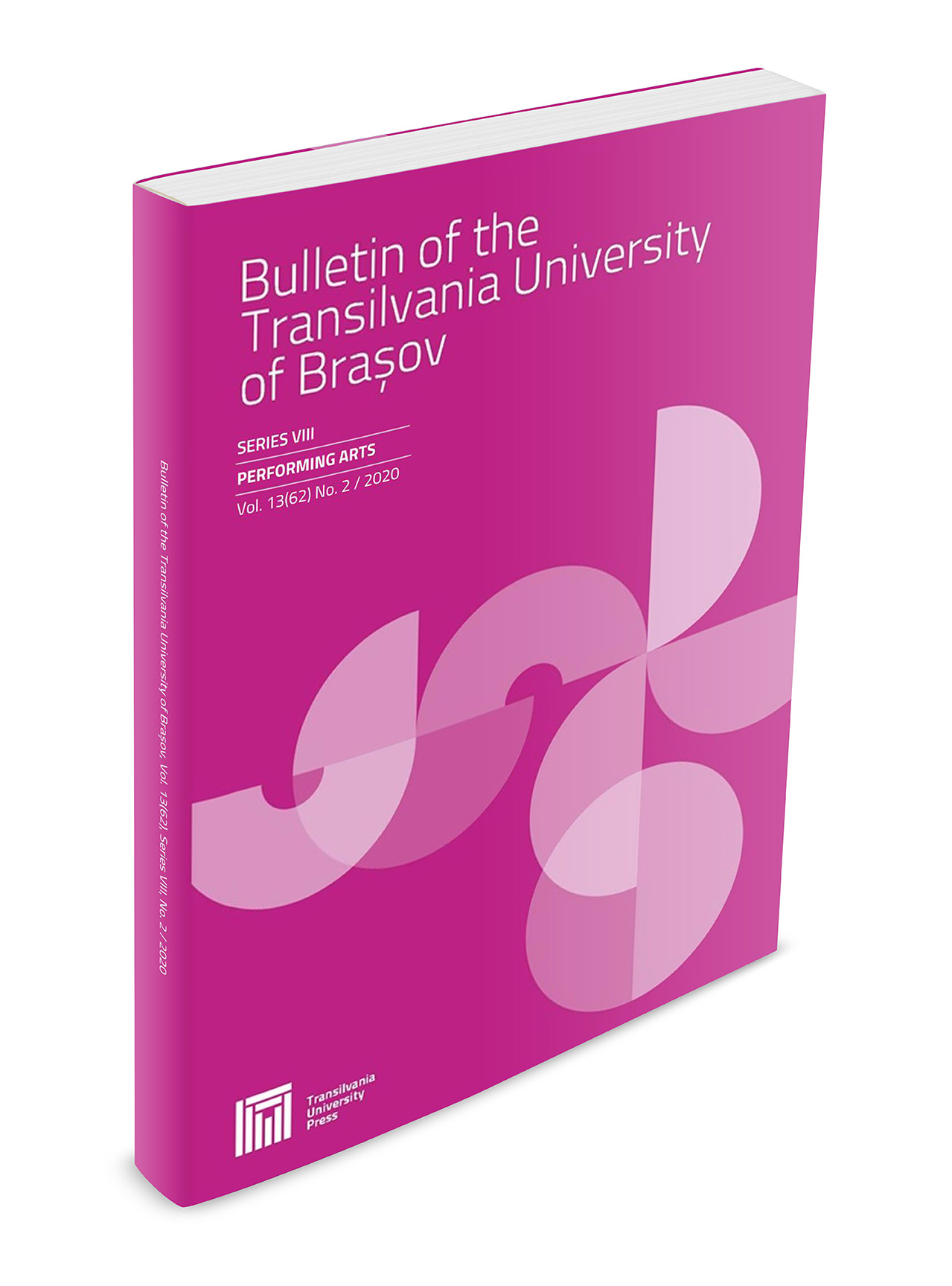The Suite for Piano in the Creation of George Enescu and Constantin Silvestri - Tradition and Originality
DOI:
https://doi.org/10.31926/but.pa.2023.16.65.3.15Keywords:
piano suite, Enescu and Silvestri original languageAbstract
The composers George Enescu and Constantin Silvestri played an important role in the evolution of the piano suite genre in the Romanian music of the 20th century. The Piano Suite in D major op. 10 (1901-1903) by G. Enescu combines elements of baroque origins with elements of French music (present especially in the music of Ravel and Debussy) and elements of folklore influence from genres of Romanian traditional folk music (doinas and dances ). The Suite III op.6 no. 1 (1933) by Constantin Silvestri includes pieces that feature an Expressionist theme. The melody is defined by a fusion between improvisation and rigorous organization. The presence within the same piece of some songs of diatonic structure with intensely chromatic songs stands out. The two suites for piano reflect the concern of the composers G. Enescu and C. Silvestri to widen the sphere of expression of a traditional framework, achieving this through the originality of their compositional language.Downloads
Published
Issue
Section
License
Copyright (c) 2023 Bulletin of the Transilvania University of Braşov. Series VIII: Performing Arts

This work is licensed under a Creative Commons Attribution 4.0 International License.




